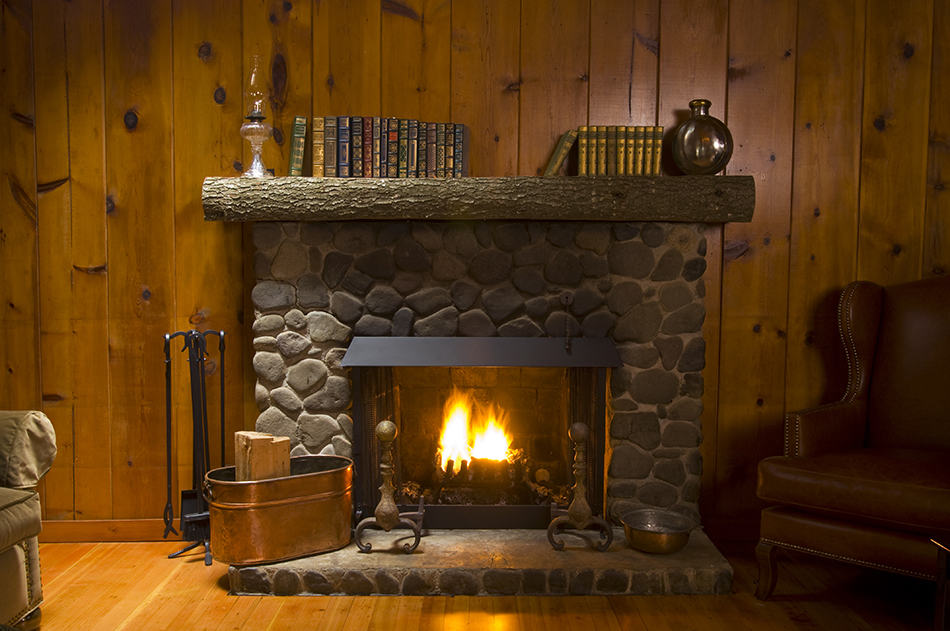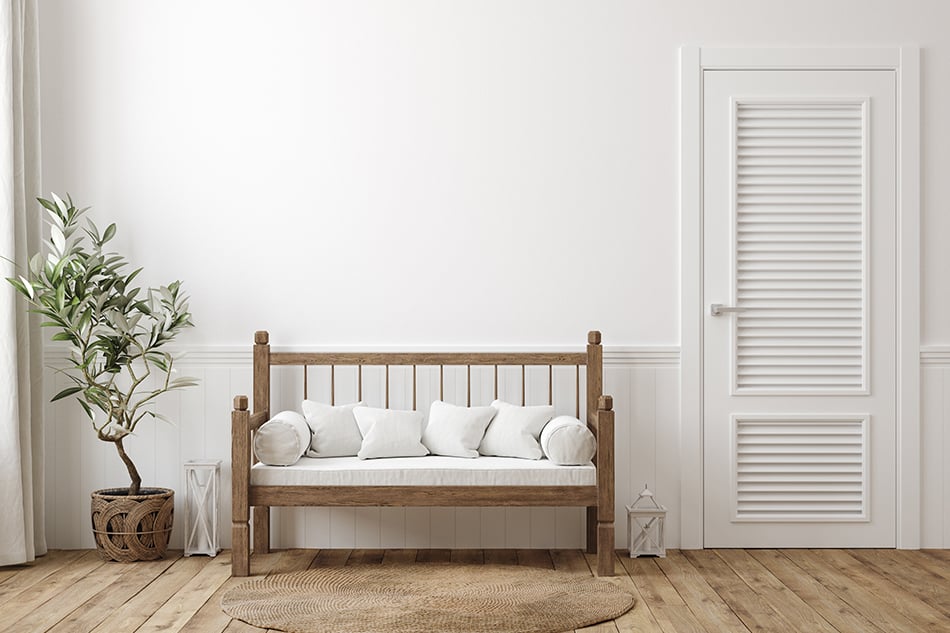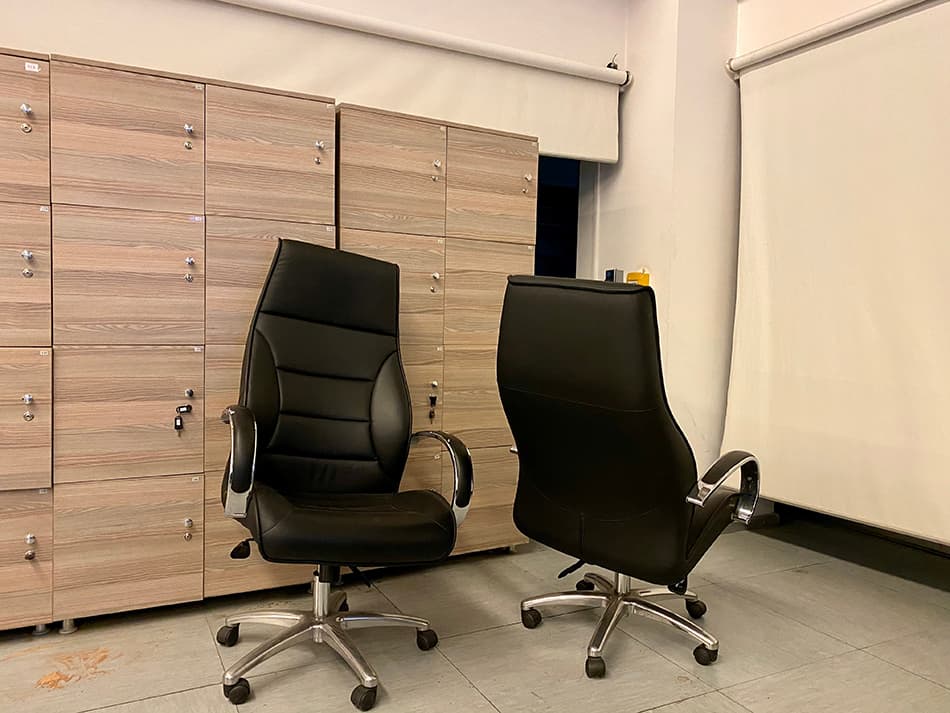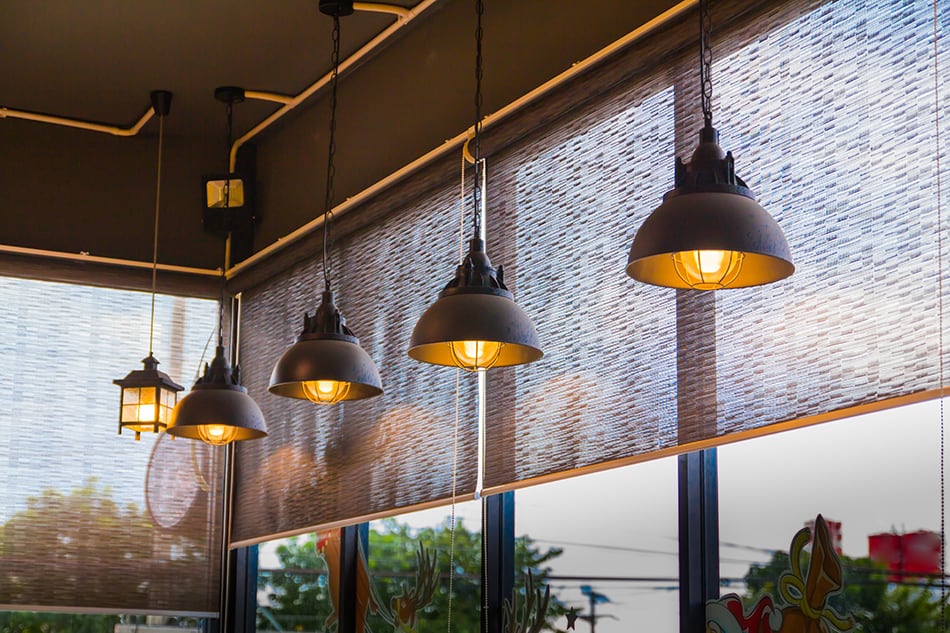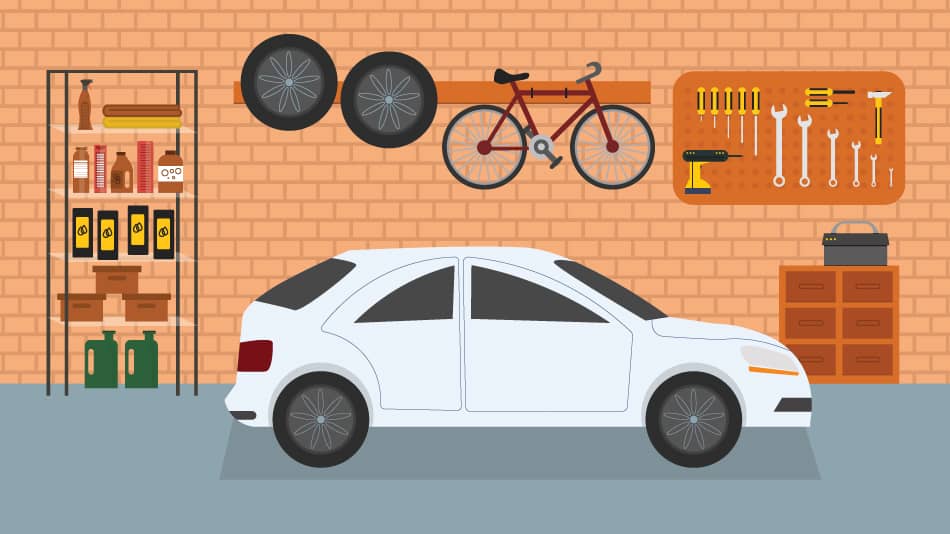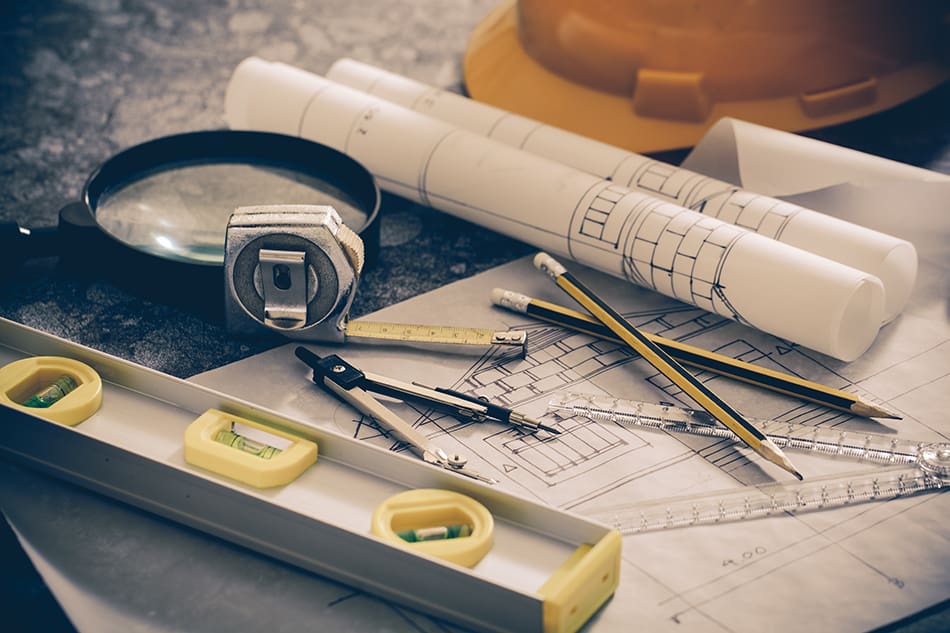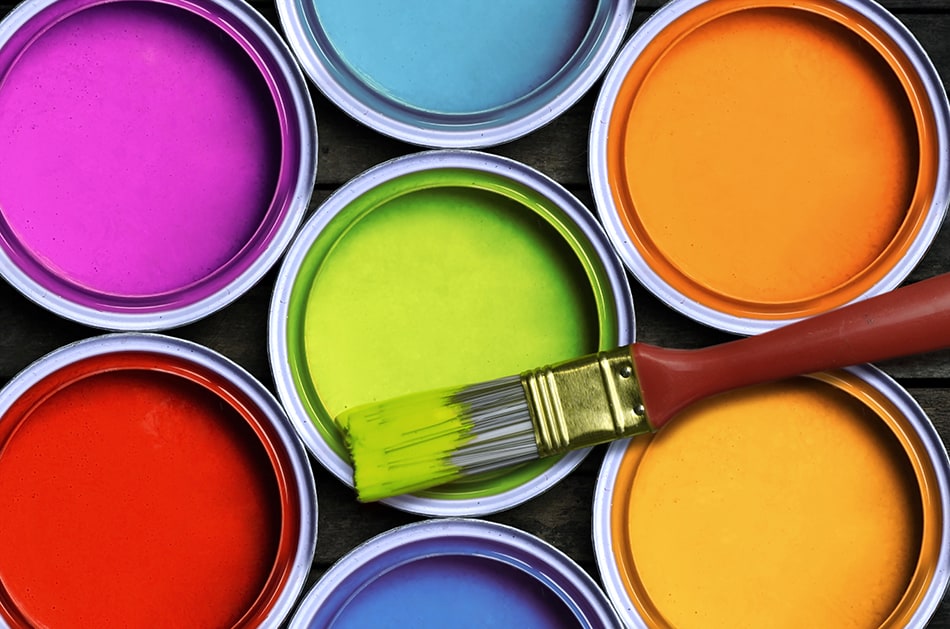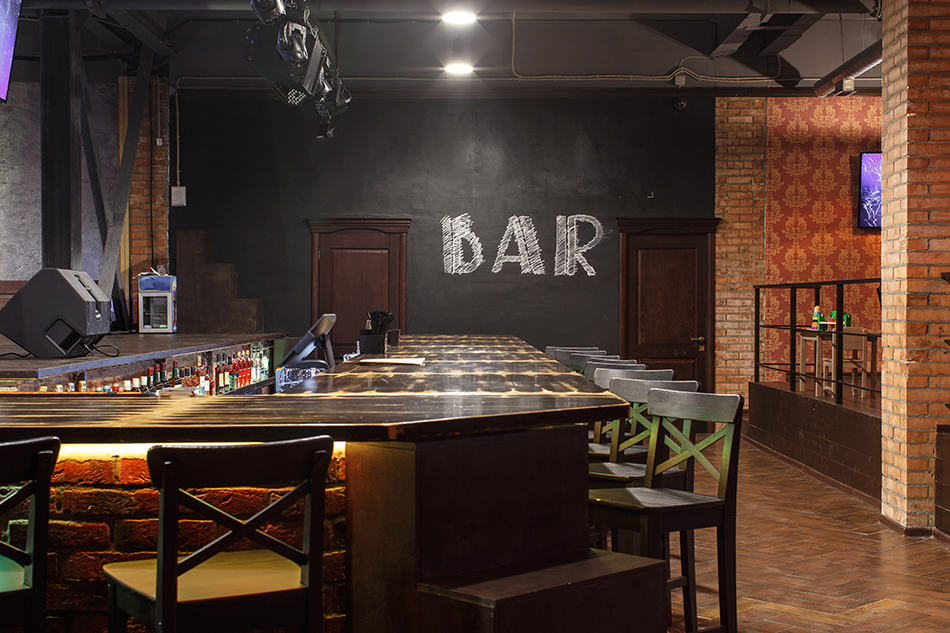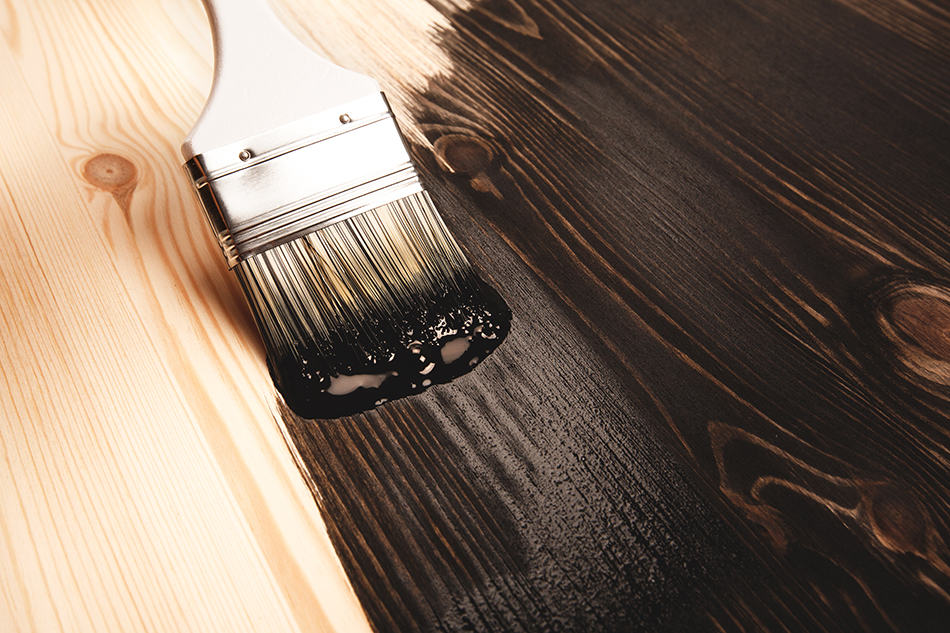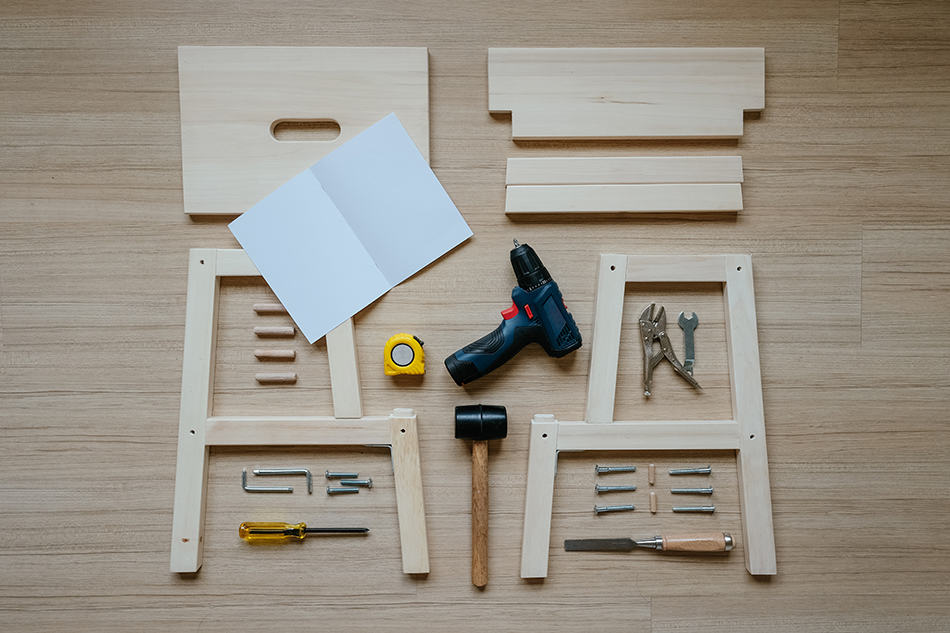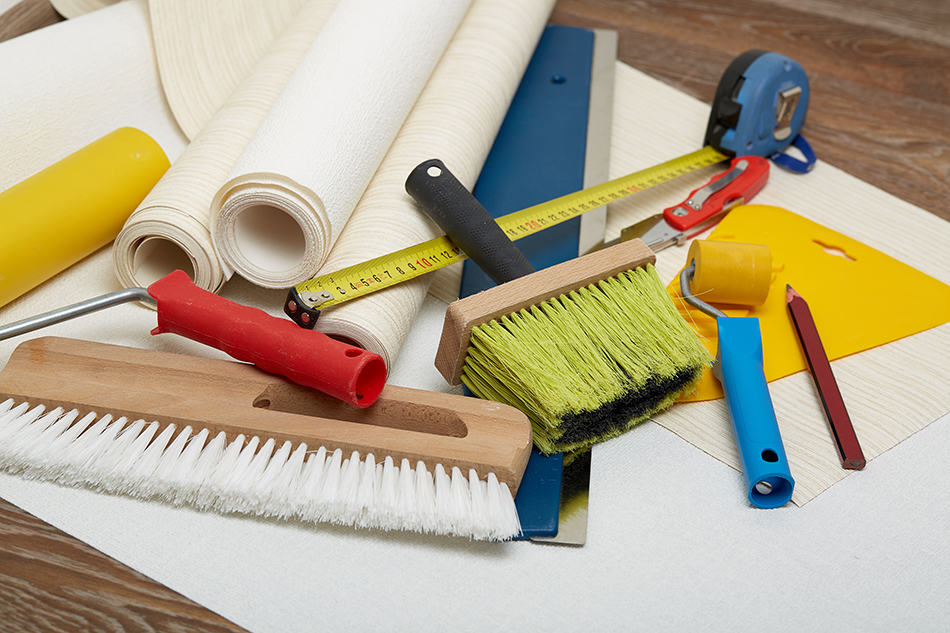Explore tips & tricks to improve and transform the specific aspects of your home for the better – from home exteriors, furniture, walls, and ceilings to garage, flooring, and outdoors.
Home Improvement
How high do you need your mantel to be? Fireplace mantel height depends on the depth of your fireplace and how you want to use the space above the mantel.
If you want to get a new bench and are interested in learning about your bench sizes – height, depth, width, and clearance, here is the guide you need. We’ll give you the right sizes, the explanations, and some exceptions to the bench sizes.
Most people think that a sinking office chair is because of the loose seat or compressed cushion, but that’s rarely the cause. While you can always replace your old office chair, it can be quite expensive, especially if it’s a leather chair. Fortunately, there are some quick DIY tips that will save you from forking out on a new chair.
Window shades are not just pretty décor: they play a fundamental role in any room’s style. They determine the amount of light that gets in, the overall feel, and even the insulation of the room.
Whatever you use your garage for, you can always optimize the space. And whether you’re building new or remodeling, a garage design software can help you visualize and plan your project.
Being in the field of architecture as an architect or an architecture student entails a lot of sketching, drafting, creating models, and developing brand new ideas. In short, it takes a lot of creativity, skill, and imagination. To succeed in architecture, you have to be equipped with the necessary tools to succeed in your daily tasks and projects.
What’s the best kind of paint for your project? There are lots of types of paints to choose from, ranging from material composition to finishing texture and sheen. Find out their different uses here.
As you look through pictures of the bar setups we’re highlighting below, let them inspire you as to how you can decorate your own bar. Think about the ambiance you want your bar area to have. Do you want to be clean and modern, retro and vintage, beach and party?
Wood stains are liquid colorants that are applied to the surface of the wood to change or enhance its color. Unlike paint which obstructs the grain of the wood and gives a solid-colored finish, stains allow the grain of the wood to show through and are therefore transparent.
In this article, we’ll list down the different types of speakers available in the market. To aid you in shopping for a speaker, we have also prepared a buying guide with factors to consider in choosing a unit.
Whether you’re making cabinets for yourself or for your clients, here are the different types of cabinet-making tools you’ll need to do a high-quality job. Some of these tools are inexpensive hand tools, and some are power tools that require a larger investment.
If you’re going to be removing or applying new wallpaper, here are the types of wallpapering tools you’ll need. The good news is that you probably already have a bunch of the basics, such as a scraper, level, ruler, and utility knife. And the others are fairly inexpensive.
